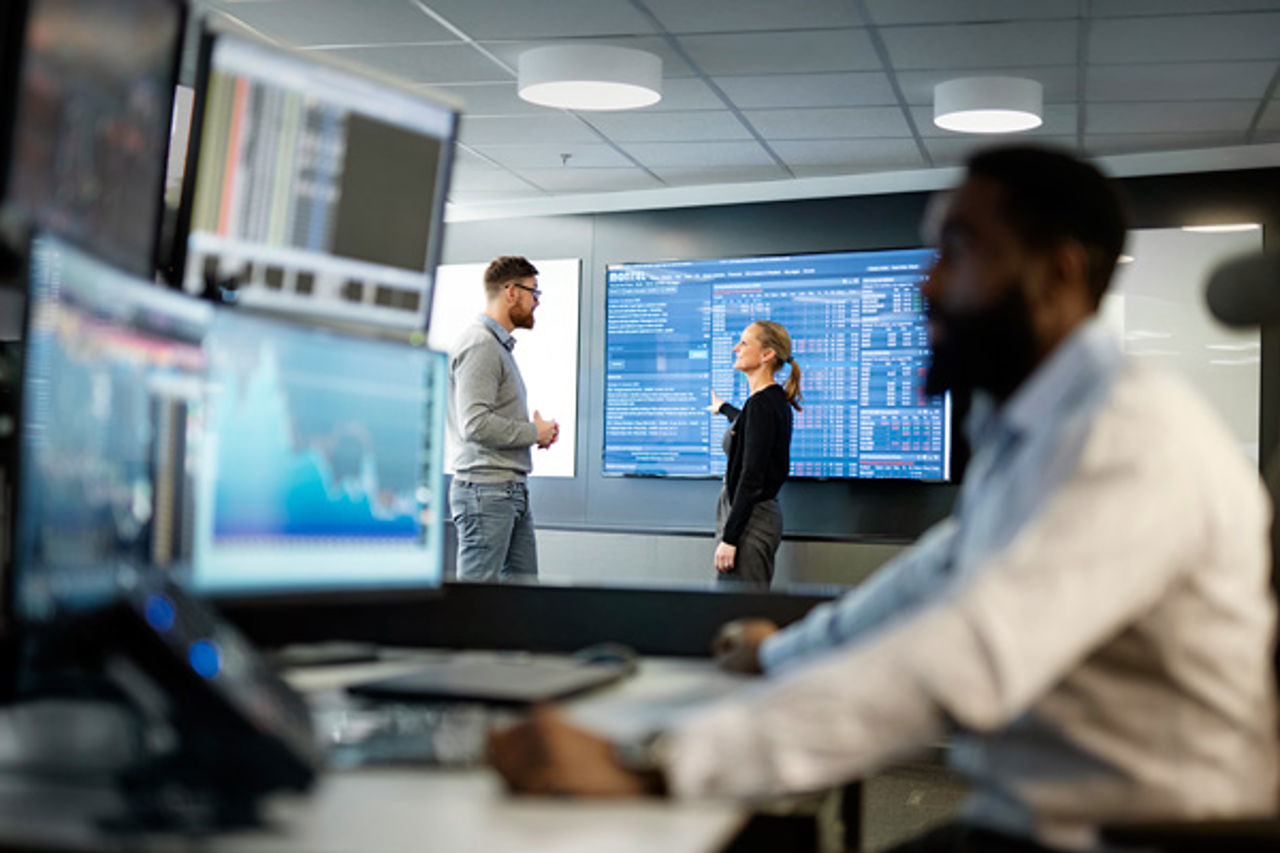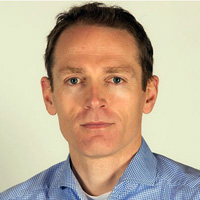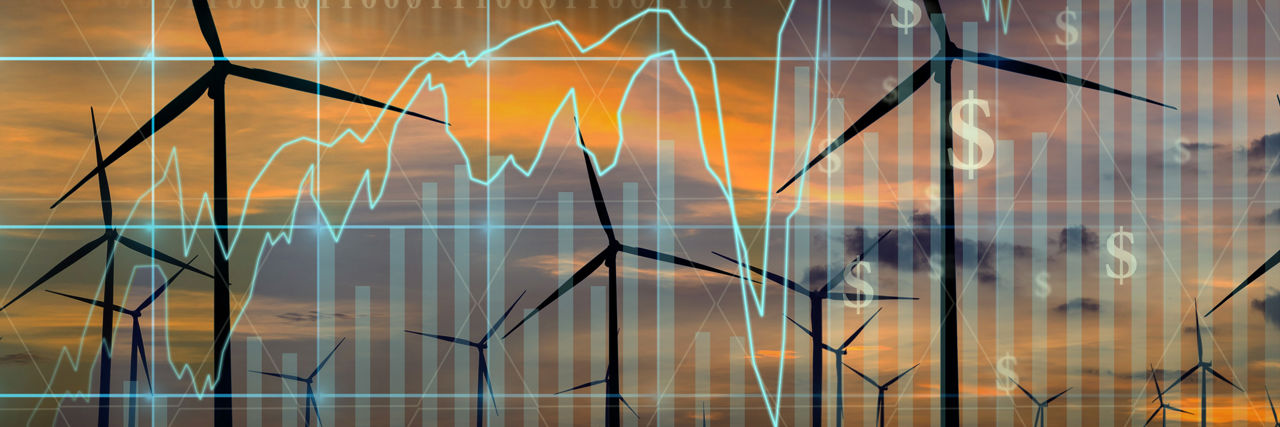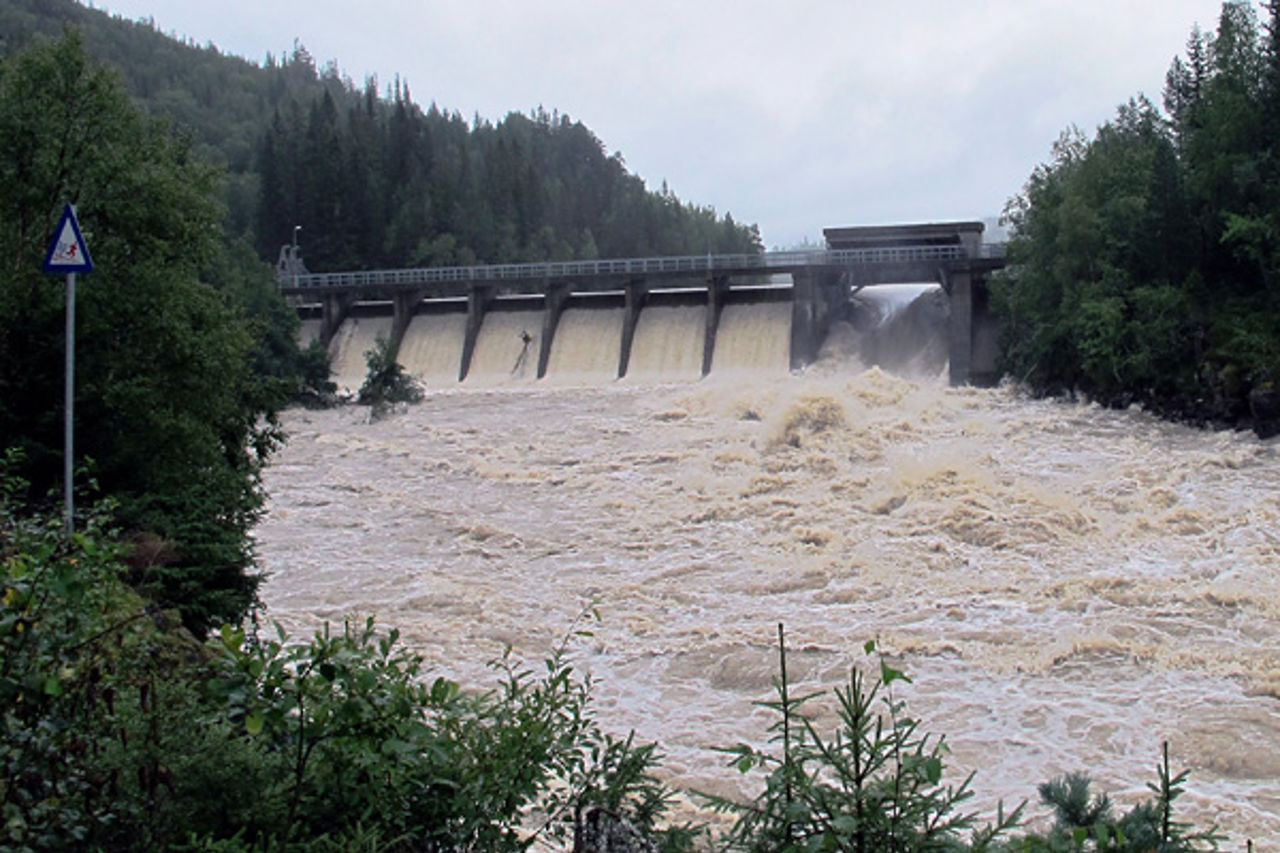
The picture was taken at Statkraft's trading room at the headquarter in Oslo, Norway.
Trading: Statkraft a major player in the power market
Statkraft is best known as a leading renewable energy producer and trader. Not everyone knows that the company is also a significant player in the European energy market.
From offices in Oslo, Dusseldorf, London and New York, Statkraft's traders are active at the major energy exchanges worldwide.
"We engage in what is known as proprietary or 'prop' trading. This means that we use Statkraft's own funds to act on behalf of the company. The goal is to make money for the owner, the Norwegian state," says Ola Kvennås.
He is head of Nordic Trading at Statkraft's headquarters at Lilleaker in Oslo. The department manages several tens of millions of euros.
"Put simply, we distribute the money between the traders at the beginning of the year. Then each of them trades in the market based on analyses, experience and assumptions about future trends. The individual traders have a lot of freedom in how they conduct their transactions, but they're all measured on results – every single day."

Why?
Statkraft is best known as a company that develops and produces renewable energy, so it is perhaps surprising that the company also makes money from financial energy trading. According to Kvennås, this is a logical consequence of the deregulation of the power market in the 1990s and of the new mandate Statkraft received when it was spun off as a separate company in 1992.
"Statkraft became an independent and commercial company. It's fully owned by the Norwegian state, but with a broad mandate. It was also decided that the company should have a marketing department and engage in power trading. In the beginning we traded primarily with our own hydropower. When was it profitable to store water? And when did it pay to produce power? The goal, of course, was to earn the highest possible return on the regulated hydropower."
Before 1992, there was no real market for power. The power companies sold some surplus power between them, but there was no cross-border trade. As power markets were deregulated in country after country, it became possible to buy and sell power in an open market. At that time, Statkraft was in a unique position.
"Statkraft has so much stored water that we can regulate power production up and down by many thousands of megawatts. They don't have that opportunity in continental Europe. So we can sell our electricity when the power prices are high and earn the best possible profits for our owner. In order to do that we had to develop our knowledge of the wider power market by understanding the forces that drive it. And with that knowledge, it's logical not only to sell your own power, but to become a more active market player. That's what we've done."
Kvennås believes deregulation of the market was a very important step that has given most people in Europe cheaper power.
"A functioning market is about redistributing resources at the lowest possible cost. It's not the case that retaining hydropower leads to the cheapest power. Hydropower is an extremely valuable resource, and it's our job to manage it in the best possible way," he says.
"This benefits both the state and the individual. A strictly regulated market, as we had before, would result in higher electricity prices and lower revenues for the state."

Ola Kvennås
Ola Kvennås is head of Statkraft's Nordic Trading department. The unit is located in the company's headquarters in Oslo and is part of the business area Markets.

Facts about trading in Statkraft
- Statkraft is one of the largest players in the European energy market.
- Statkraft trades energy products in more than 20 countries and is active on 13 energy exchanges.
- Trading takes place from trading rooms in Oslo, Dusseldorf and London.
- In addition to power, Statkraft trades natural gas, CO2, dry bulk, metals, oil and petroleum products in the global markets.
- "Proprietary trading" means that traders use the company's own money to make profits.
Not gambling
For an outsider, trading may seem like gambling, but Kvennås rejects that it has anything to do with gambling or chance.
"We act on the basis of thorough analyses, experience and knowledge, but of course there's an element of risk. We make qualified guesses, but we can make mistakes in our assumptions, or unforeseen events can dramatically affect the power market. The market for renewable energy is directly affected by weather and wind, rainfall and temperature. We know quite a bit about normal seasonal variations, but who could predict the war in Ukraine with it's consequences for Europe or that the spring of 2022 would be the dryest period for more than 140 years in the eastern parts of Norway? We take risks, but we don't gamble."
Statkraft's power trading is strictly controlled by laws and regulations, and restrictions are also imposed on the traders designed to keep their risk appetite in check.
"In general, those who do very well are given the opportunity to take greater risk, while those who do less well and lose money must reduce their risk," says Kvennås. Within this framework, however, traders have a lot of freedom in how they manage their portfolios and position themselves in the market.
"Some take a more long-term perspective and have a higher tolerance for portfolio fluctuations. Some traders can sit with large positions without trading as often. Others take more risk during the day and reduce risk overnight. The traders also have different focus areas and have the opportunity to trade in energy markets other than the Nordic power market. How to approach the markets is very personal and everyone has to find their own methods for making money. It's important that you find a method that you believe in and that also allows you to sleep soundly at night."
Pressure and stress
There is no question that having a job where you manage large sums of money can be challenging, where you have to watch the value of the investments fluctuate from hour to hour and where you are measured on results every single day.
"It can be stressful, but also very stimulating. That's why we're also concerned about taking care of each other. There's a good sense of community, and we often discuss things together, so no one is left to fend for themselves. At the same time, we're concerned that those who work here also have a life outside of work. Family, friends and hobbies are important to help you tackle the pressure. You can't just sit in the trading room around the clock. Then you won't last long in the job," says Kvennås.
"We have people who have been here for 20 years and think they have the best job possible. But you can't do this for too long if you lose money, and you have to stay up to date, because the market is constantly changing."

Geopolitics and weather
The market for renewable energy is affected by weather and climate, and although the world is facing extensive electrification, both short-term variations and long-term changes have a big impact on power prices.
The last few years have been very challenging with a crisis in the continental European power markets mainly due to the war in Ukraine and reduced gas deliveries from Russia to Western Europe.
"However, for the trading department, price fluctuations are more important than whether the price is high or low. If we do the correct analyses and assessments, we can contribute to revenues even in periods of low power prices" says Kvennås.
"Personally, I hope to see a peaceful solution in the Ukraine soon. That would take away much of the insecurities in the energy markets and also reduced the extremely high prices we've seen. After a while we would then from Norway have a more balanced power exchange with the rest of Europe and profit from some unique traits in our hydro power based power production" says Kvennås.

We have people who have been here for 20 years and think they have the best job possible. But you can't do this for too long if you lose money, and you have to stay up to date, because the market is constantly changing.

Digitalisation affects all parts of working life, including the power market.
Read more
Knowledge is crucial to executing a good trade in any market. Statkraft uses artificial intelligence and machine learning to be able to trade quickly in the energy market.